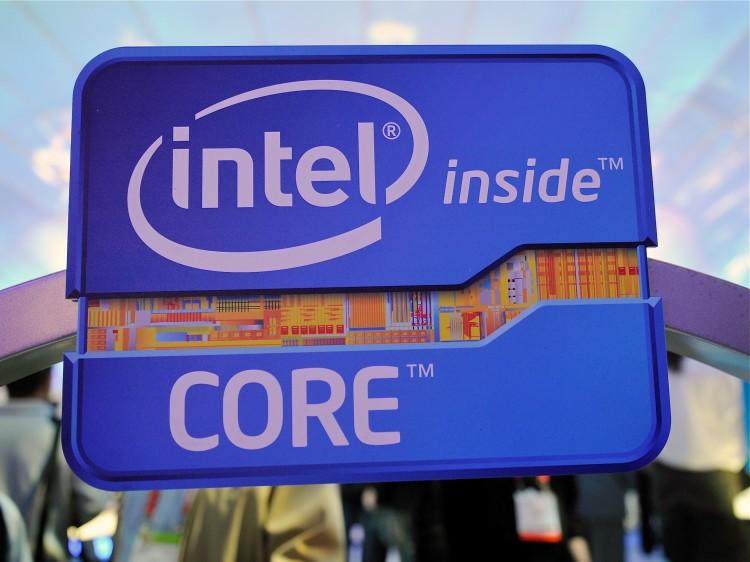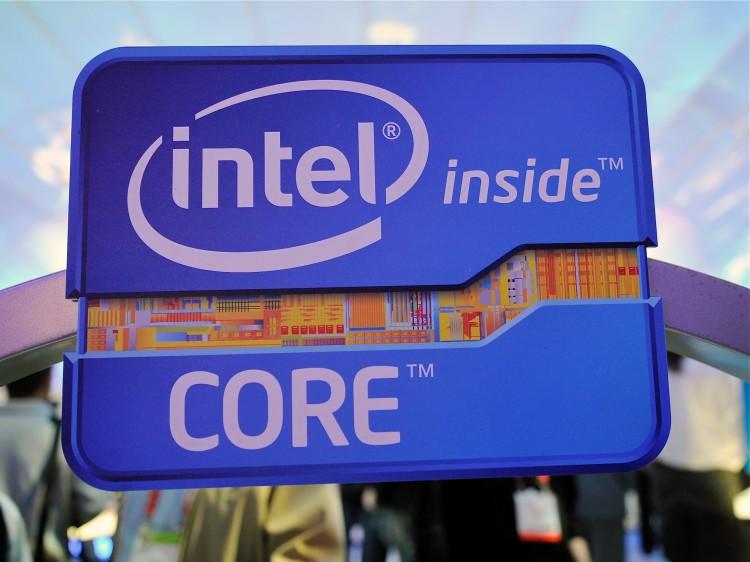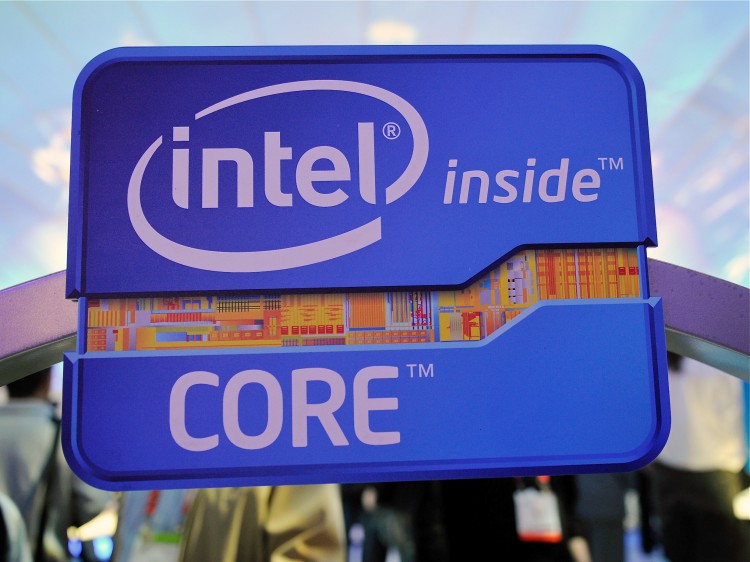Ever since Intel completely abandoned their “NetBurst” processor design (Pentium 4’s were based on NetBurst) and moved to the infamous Core2Duo chips in mid-2006, their main competitor, Advanced Micro Devices (AMD) has been unable to catch up.
Initially the performance between the two companies was close, but Intel’s aggressive innovation strategy of “Tick-Tock” has only widened the gap to a chasm.
The “Tick-Tock” strategy was based around releasing a new chip design, the Tock phase, and then one year later, they would Tick this design by shrinking the processor with a new fabrication method.
As a general rule, every time you shrink a processor, you not only improve the energy efficiency of the processor, you can also increase the clock speed of the processor due to it consuming less power, leading to performance increases, and you also use much less of the very expensive highly refined silicon.
For example, the first Core2Duo chips released were built on a 65nm fabrication process (codenamed Merom), a little more than a year later, Intel released a very similar Core2Duo chip built on a 45nm process (codenamed Penryn).
AMD has been unable to rival this rapid product release/revamp cycle, and after their (very) long awaited “Bulldozer” processor’s performance failed to wow the technology crowd, AMD has publicly stated that they are no longer competing with Intel on the high processor front, and instead will focus on mobile platforms with its Fusion technology.
With no performance competition from AMD, Intel is taking this time to slow down their aggressive product deployment strategy, saying that some parts will be delayed by several months.






